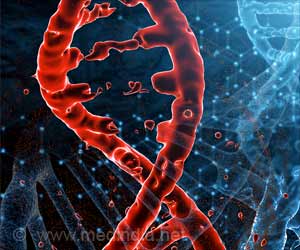Statins can reduce the risk of severe bacterial infections such as pneumonia and sepsis with their cholesterol-lowering properties.

Victor Nizet, professor of pediatrics and pharmacy, and Christopher Glass, professor of medicine and cellular and molecular medicine, the UC San Diego team, led the study.
The researchers also found that statins stimulated the phagocytes to release "extracellular traps" - specialized webs of DNA-based filaments embedded with anti-microbial peptides and enzymes capable of ensnaring and killing bacteria before they spread in the body.
Glass said that the findings have broad ramifications given the popularity of statins for controlling high cholesterol levels.
"Clinical research indicates that perhaps 100 million Americans have elevated cholesterol levels that could benefit from statin therapy. Thus any statin-associated changes to immune system function are certain to impact millions of people," said Glass.
Prior research had described various anti-inflammatory properties of statins, suggesting that these effects could contribute to a reduction in disease severity during severe infections.
Advertisement
"We found these drugs fundamentally alter how white blood cells behave upon encountering bacteria. In our studies with staph bacteria, the net effect of statin treatment was to improve bacterial killing and extracellular trap formation. These same changes might not be so consequential for defense against less virulent bacteria that are easily susceptible to uptake and killing within phagocytes," said Nizet.
Advertisement
The research is published in the issue of Cell Host and Microbe.
Source-ANI











